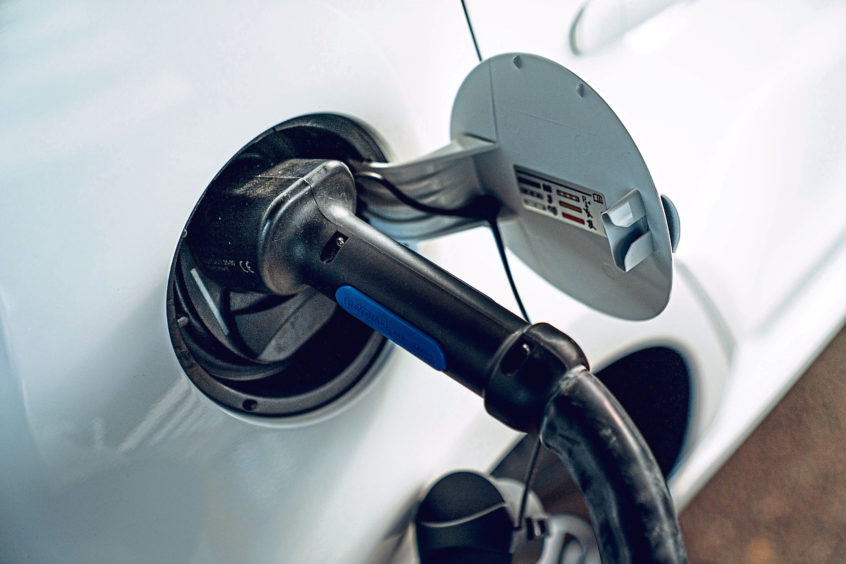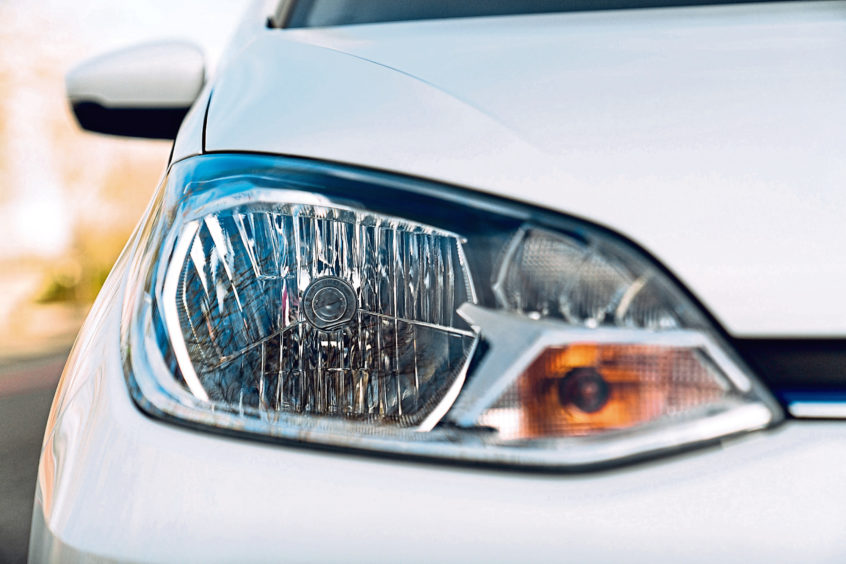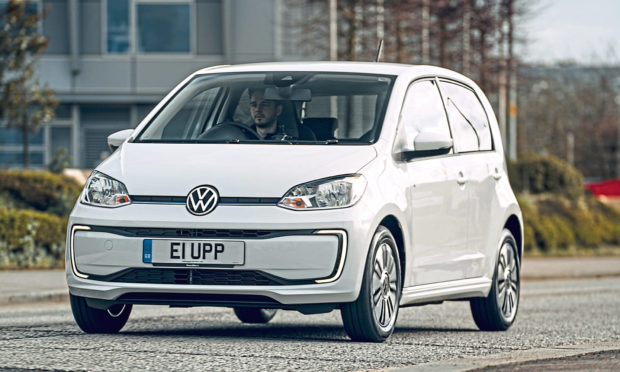In the race to gain the EV top spot, it seems many manufacturers have forgotten that often the best application of electric technology is in smaller city cars.
After all, the current crop of EVs are quite large – Jaguar’s I-Pace is huge, for instance, while Audi’s e-Tron is a dominating force out on the road. Then there are the many crossovers such as the Hyundai Kona Electric and the Kia Soul Electric, which are reasonably large, too.
But the Volkswagen e-Up! is different. It’s quite small – as is the standard Up! – and it doesn’t look all too “out there” either. VW has given the e-Up! bigger batteries to improve that all-important range – but can this little car battle it out in a segment dominated by leviathans?
If you were to judge what’s new by the exterior of the e-Up!, you’d probably say not a lot. It doesn’t look particularly different from the car it replaces, nor does it appear dissimilar to the standard combustion-engined car. No, the bulk of the changes here have been made under the skin.
Volkswagen has boosted the battery count in the e-Up!, helping to extend its range and bolster its appeal. The firm has also added the ability to fast-charge the car – a feature more often seen in “premium” alternatives – which should help to drive down the time you’ll be waiting at the plug.

Underneath the e-Up! sits an electric motor linked to a 32.3kWh battery. Power is sent to the front wheels through a single-speed gearbox, and in total it pushes out 80.5bhp but, more importantly, a healthy 210Nm of torque.
Sprinting from 0-60mph takes the Up! 11.6 seconds and all in it will do 81mph. Volkswagen claims that you’ll be able to do 159 miles between charges, while the ability to use combined charging system tech means that the car can be taken from zero to 80% charge in just an hour via a 40kW DC charger. Use a standard domestic wallbox and that falls to a respectable four hours, while via a three-pin you’ll be looking at around 16 hours for a full charge.
The little Up! is already an absolute hoot to drive, so you’d hope that some of that sense of fun had been transplanted across to the electric version. And, despite weighing in at 1,160kg – well over the regular car’s 926kg – it is. That sense of fun remains, with the zippy acceleration you only get from an EV’s instant torque really adding to the whole experience. The steering is well judged and nicely weighted while the ride is good, too.
Around town it’s nimble, and makes slotting into gaps in traffic a breeze, and even at higher speeds on the motorway it’s unflustered. Surprisingly for an EV, acceleration from 50mph to 70mph isn’t bad at all.
We appreciate the undercover looks of this electric version. Only slim LED running lights up front help to denote it as something different to the “norm”, while the charging port is integrated into the place you’d usually find the filler cap. All very normal indeed.
The compact proportions lend the Up! to town driving, while the short overhangs and relatively slim wheel arches make it a doddle to park.
Much like the exterior, the cabin of the e-Up! is business as usual. There’s no main infotainment screen, so the forward part of the interior feels pleasantly uncluttered. The steering wheel has a good amount of adjustment, while the seats are well padded and comfortable. There’s good forward visibility, too.
Our five-door model granted easy access to the rear of the car, and those who are in the back won’t struggle for legroom – though of course, the car’s size does have its limitations.
Our test car came in at £20,555 after the government’s plug-in car grant, which doesn’t seem like bad value at all given the kit on offer. Cruise control, parking sensors front and rear and a rear-view camera are standard, while a dinky five-inch colour touchscreen system – essentially a small “strip” screen – houses Bluetooth connectivity and DAB radio.

Volkswagen also – importantly – includes two charging cables, one 16amp unit for use at wallboxes and charge points and another 10amp cable for charging at the mains.
The plucky e-Up! has hit the nail on the head. No, it can’t deliver the ranges boasted by larger EVs, but with around 150 miles per charge it can offer a useable range. Short trips to town and even longer journeys will unlikely trouble the bottom end of the range, while that ability to fast charge means that if you do need to plug in, you won’t be waiting all that long.
Most importantly, however, the e-Up! is fun, and that’s certainly an aspect which many EVs have missed from the process of driving.
THE FACTS
- Model: Volkswagen e-Up!
- Price: £20,905
- 0-60mph: 11.6 seconds
- Top speed: 81mph
- CO2 Emissions: 0g/km
- Range: 159 miles
